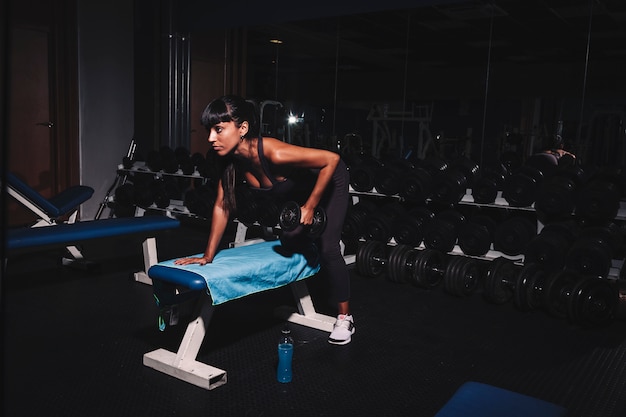Power is a term you hear a lot in sports and fitness. It’s not just about sports, though; power applies in many areas. Athletes work hard to develop and boost their power because it鈥檚 crucial for their performance. But what exactly is power in this context? How does it connect with other concepts like strength and work? This blog post breaks down these ideas to help you understand their importance in sports.
Decoding Strength, Work, and Power
Understanding Strength
In sports, strength refers to your ability to resist or overcome a force using your muscles. It鈥檚 about how much force your muscles can exert. This force is measured in Newtons (N), which also considers gravity.
For example, if you hold a 5-kilogram weight, your arm muscles need to exert a force of about 50 Newtons to keep it steady.
Defining Work
Work is the product of force and the distance over which that force is applied. The formula is W = F x l, where W is work, F is force, and l is distance.
So, if you lift a 10-kilogram object to a height of 1 meter, you鈥檝e done 100 Newton-meters (100 Nm) of work.
The Concept of Power
Power adds the element of time to the concepts of force and work. It鈥檚 the amount of work done per unit of time, using the formula P = W / t. It’s measured in Watts (W).
If you think of velocity (V) as distance over time (l / t), you can rewrite the power formula as P = F x V, meaning power depends on both force and speed.
The Role of Power in Sports
The formula P = F x V sheds light on what athletes need to enhance their performance. To increase power, athletes need to improve both strength and speed.
Each sport requires a specific type of strength, often called “special” or “specific” strength. Athletes should aim to develop the kind of strength that best suits their sport.
The relationship between force and speed is illustrated by the Hill curve, which shows that as speed increases, force decreases, and vice versa.
Two Types of Strength
Strength is categorized into two main types, each with its characteristics and energy mechanisms. Knowing the difference can help you tailor your fitness routine to your goals.
Aerobic Strength
Aerobic exercises involve sustained, rhythmic activities that last for longer periods. They engage the cardiovascular system, using oxygen to meet energy demands. This type of strength relies on a mixed substrate of glucose and fatty acids for a steady energy release. Activities like jogging, cycling, and swimming fall under this category, promoting endurance and heart health.
Anaerobic Strength
Anaerobic exercises involve short bursts of intense activity that surpass the body鈥檚 immediate capacity for oxygen. These exercises target fast-twitch muscle fibers, focusing on power and speed. They primarily use glucose for energy, producing lactic acid as a byproduct. Examples include sprinting, weightlifting, and high-intensity interval training (HIIT), which enhance strength, power, and muscle growth.
Final Thoughts
Improving power comes down to strategic training periods. For instance, a boxer looking to punch harder should have separate sessions focusing on speed and maximum strength, with phases to transform these into special strength.
Balancing strength and speed training is key. Focusing too much on strength might lead to muscle bulk, which could slow you down. Tailoring your training to your needs and goals is crucial.
Coaches play a big role in planning training cycles, but a good personal trainer or athletic trainer can also help you implement effective training methods. Understanding strength, work, and power, and how they interact, is essential for boosting athletic performance.







